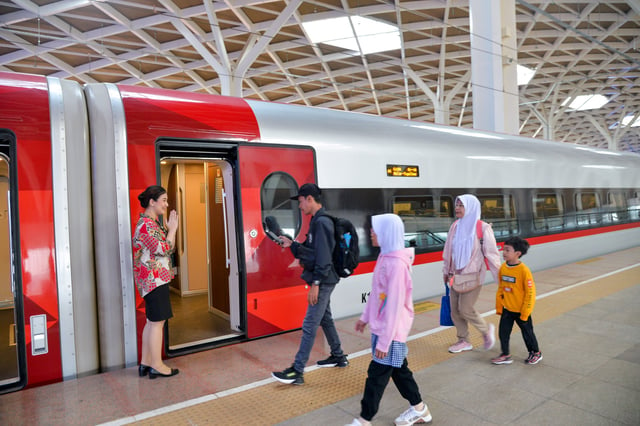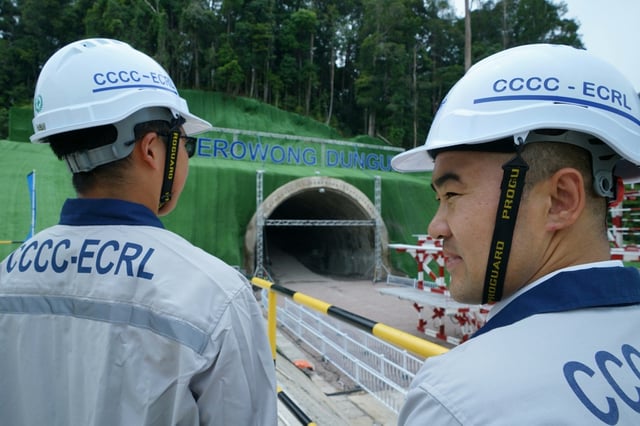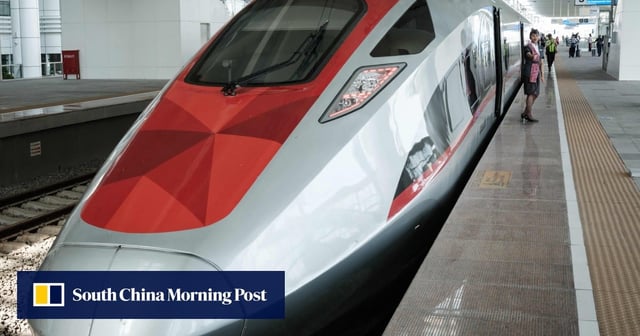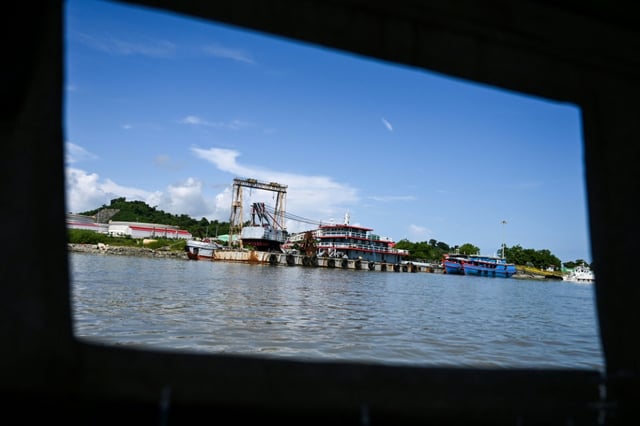Overview
- President Donald Trump’s administration has halted about US$60 billion in development aid while seven European countries and the EU plan US$17.2 billion in cuts for 2025–2029 and the UK reduces annual aid by US$7.6 billion.
- China’s official development finance to Southeast Asia rose by US$1.6 billion to US$4.9 billion in 2023, with infrastructure commitments swelling almost fourfold to nearly US$10 billion.
- The Lowy Institute projects that Western official development finance to the region will fall by more than US$2 billion by 2026, shifting the centre of gravity toward Beijing and other Asian donors.
- Lower-income countries such as East Timor, Cambodia, Laos and Myanmar face critical shortfalls in social sectors including health, education and civil society support as traditional aid recedes.
- China’s no-strings approach, grounded in non-interference principles, is consolidating its influence and appeal among Southeast Asian governments.



